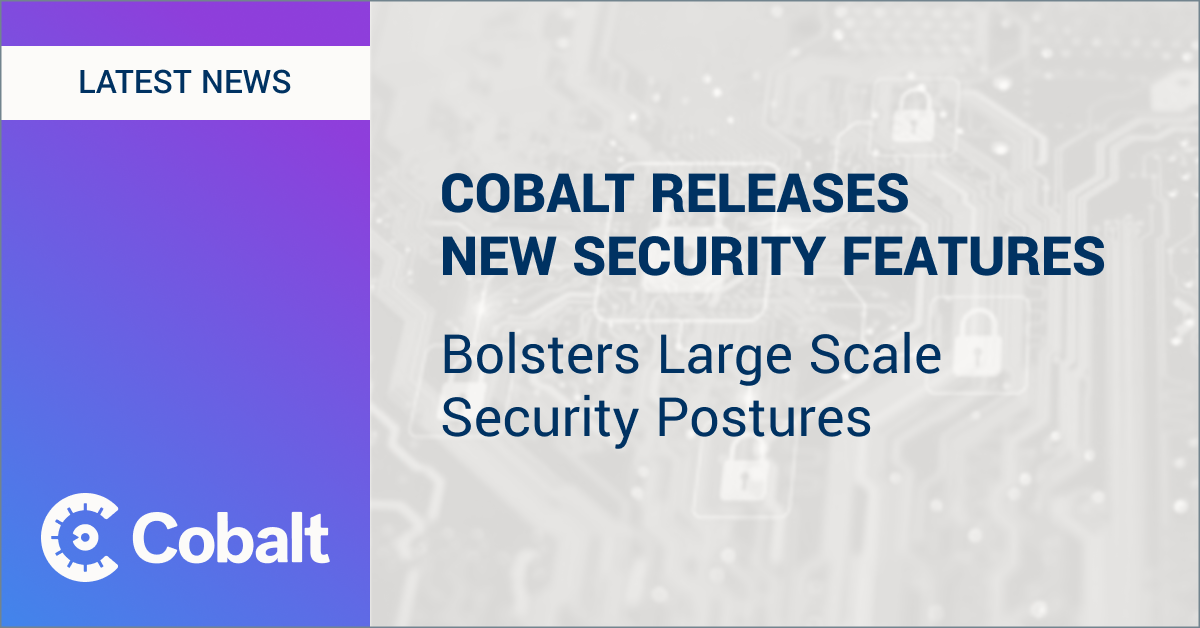In today's increasingly digital world, Artificial Intelligence (AI) is becoming an integral part of the world's security landscape.
To stay ahead of potential cyber threats, the US National Security Agency (NSA) announced the launch of its AI Security Center. This new center will work to protect AI systems from malicious attacks, guard intellectual property, and bring together existing projects for better collaboration.
By doing so, it stands to have a major impact on cybersecurity measures worldwide – but businesses must also take steps to prevent AI threats in their own operations.
Throughout this article we'll break down the objectives of the NSA's AI Security Center and discuss how it can help bolster security measures while exploring what businesses can do to protect themselves against AI-based threats.
Key Objectives of the NSA's Artificial Intelligence Security Center
With the recently launched AI Security Center, the main objectives include:
- Protect the security of AI systems
- Understand AI capabilities for national security
- Ensure the safety of intellectual property
- Coordinate existing projects for improved collaboration
- Raise awareness of emerging threats posed by AI-driven adversaries
The center's primary goal is to prevent malicious actors from taking advantage of AI-based vulnerabilities. To accomplish this, the organization plans to "build a robust understanding of AI Vulnerabilities foreign intelligence threats to [emerging] AI systems and ways to encounter the threat in order to have AI Security."
Additionally, the center will offer a centralized defense against the theft or sabotage of emerging AI technologies. This is occuring after the NSA released a report that identified securing AI as a major national security challenge.
The NSA's AI Security Center also seeks to coordinate existing projects related to security and AI for improved collaboration between agencies and departments. By consolidating these efforts in one place, the Center aims to make it easier for different branches of government to share information about potential threats or best practices in order to develop more effective solutions faster.
The agency also noted they will be working closely with companies, national labs, academia, and the Department of Defense in an effort to “contribute to the development of best practices guidelines, principles, evaluations, methodologies, and risk frameworks.”
By taking these steps, the NSA's new initiative stands as a strong example of how governments are striving towards secure digital environments where everyone can benefit from artificial intelligence without fear of exploitation or abuse.
The Impact of AI on Cybersecurity Measures
The integration of artificial intelligence into cybersecurity measures is proving to be beneficial for businesses. By utilizing AI-based solutions, companies can streamline processes and detect malicious activity faster.
At the same time, robust protocols and authentication methods must be implemented to ensure that AI is used responsibly and doesn't fall into the wrong hands. Furthermore, companies must now protect against an increase in threats from attackers using AI.
By combining these efforts with traditional security measures such as encryption, businesses can create a secure environment while still maintaining productivity levels.
What Businesses Can Do to Prevent AI Threats
In the face of increasingly sophisticated AI-driven cyber threats, businesses must take proactive steps to protect themselves. These include many cybersecurity best practices.
To start, businesses should ensure that they have strong cybersecurity protocols in place to monitor and detect malicious attacks. This includes monitoring for suspicious activity such as unusual login attempts, data access anomalies, and unauthorized system configurations. Additionally, authentication measures should be implemented around privileged accounts in order to protect networks from unauthorized access or manipulation.
Businesses should regularly patch and update their systems, software, and applications in order to stay ahead of potential threats. This helps prevent attackers from exploiting vulnerable systems or leveraging known security flaws.
Furthermore, businesses should train their employees on the potential risks associated with AI-powered cyber threats. By educating employees on how attackers use artificial intelligence tools against them, companies can empower them with the knowledge they need to identify malicious activities early on and take appropriate action before it's too late.
Finally, for companies looking to test their security controls with pentesting, look to Cobalt for penetration testing and other offensive security solutions.




















